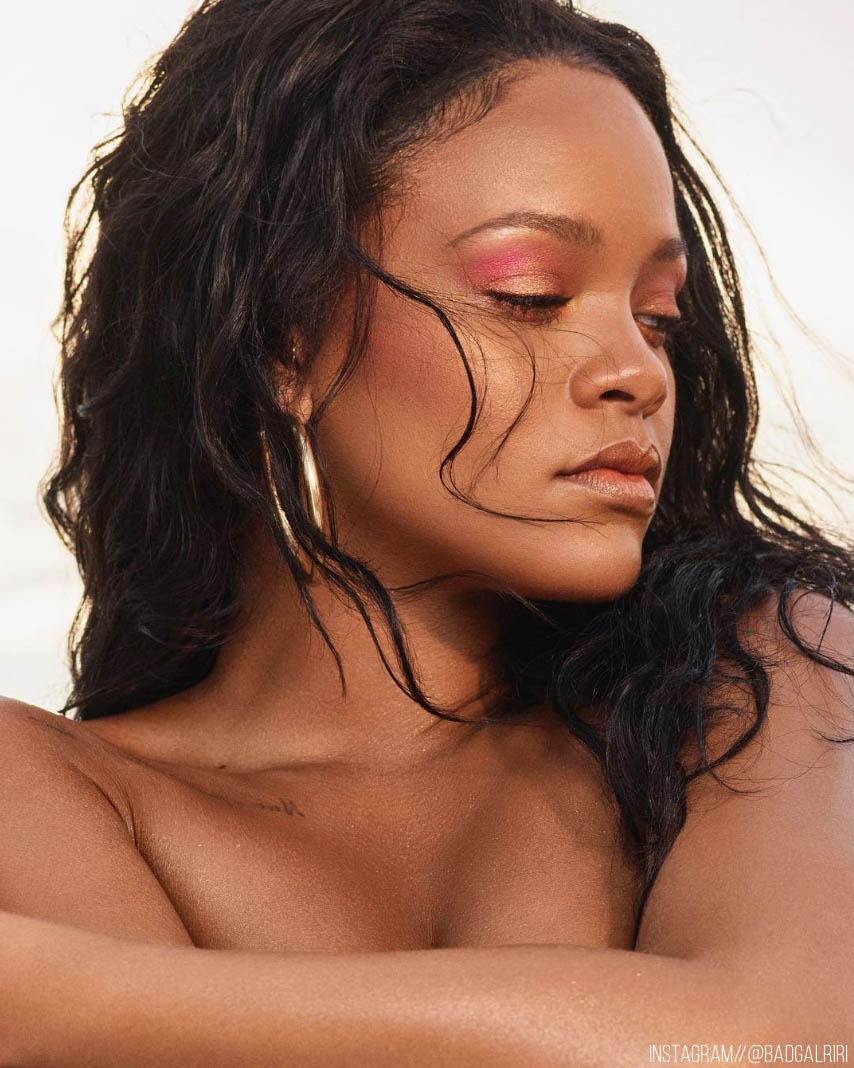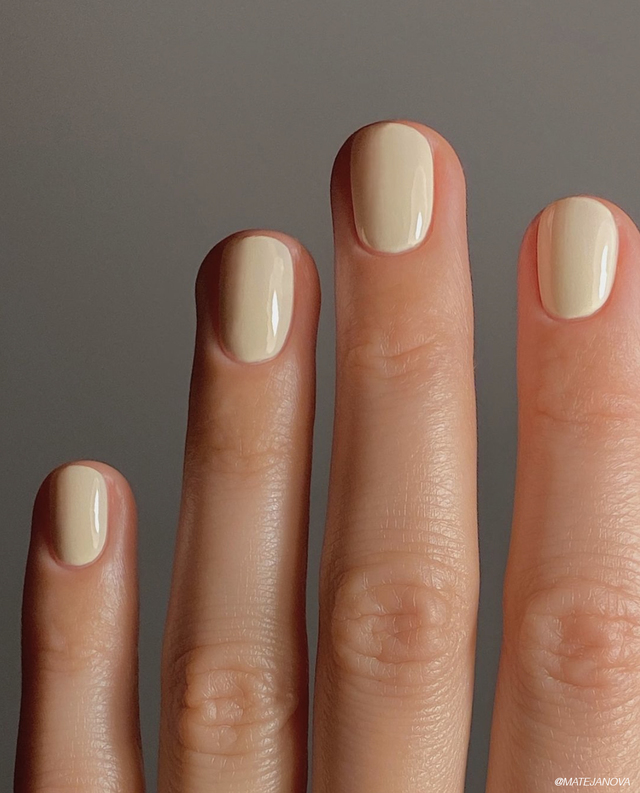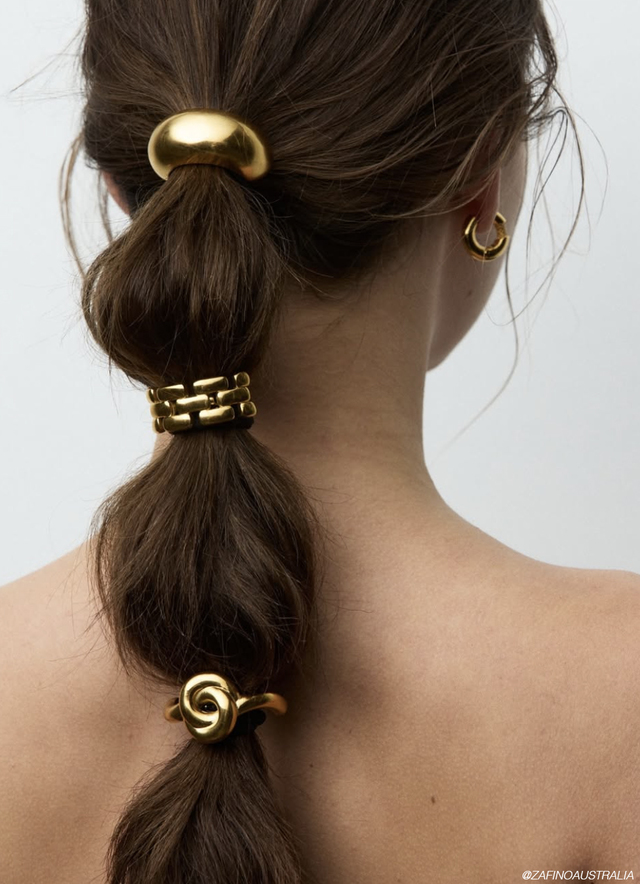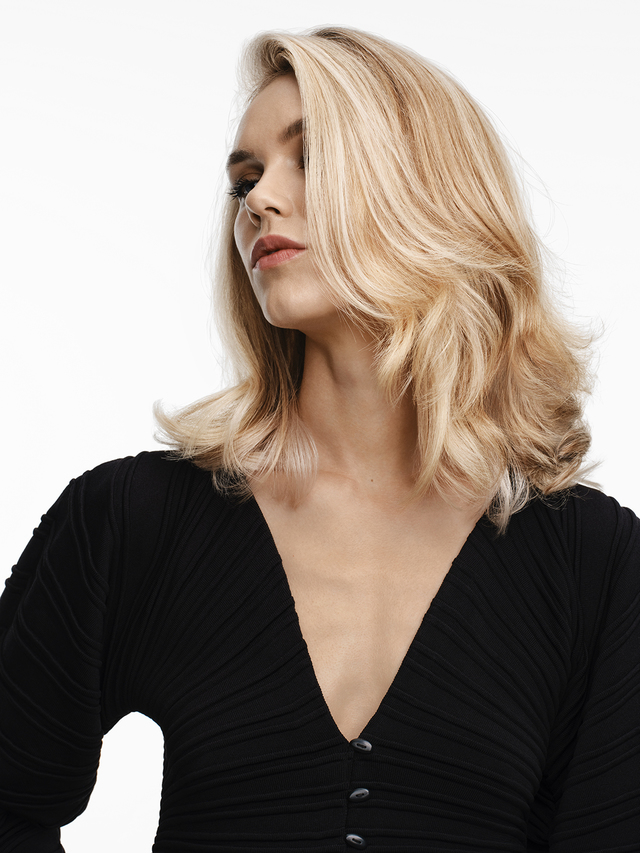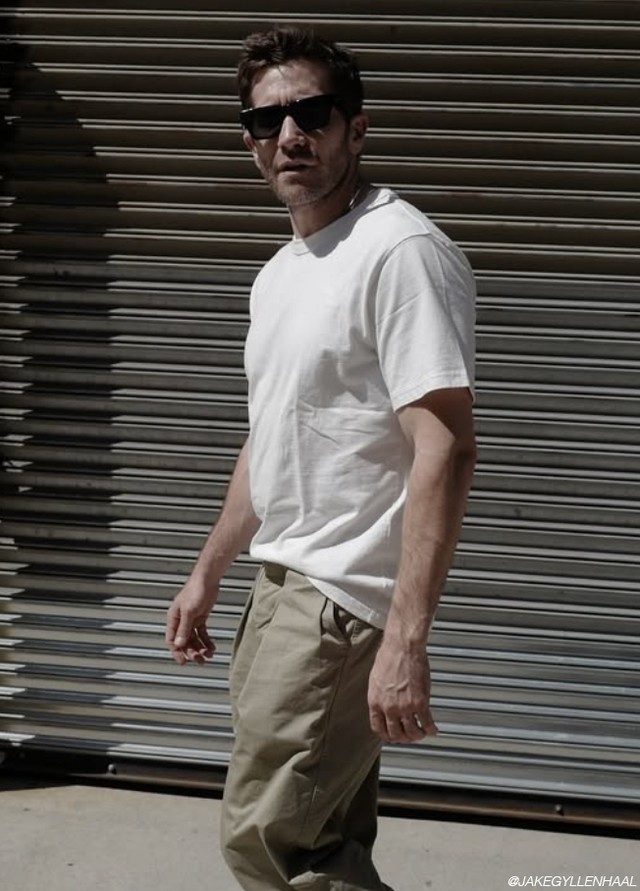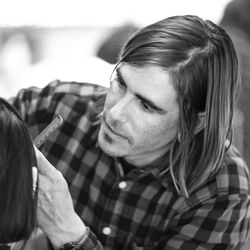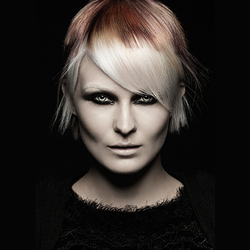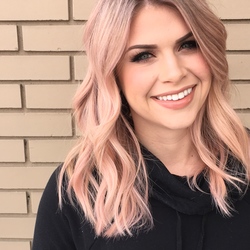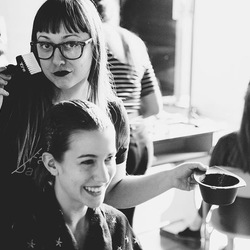Dealing with baby hairs can be as exhausting as handling a newborn—just when you think you’ve gotten everything under control, those pesky baby hairs appear out of nowhere and refuse to calm down no matter what you try! The good news? Nearly every woman struggles with baby hairs at least once in her life, whether the wispy strands appear at childhood or post-baby. Don’t stress, we’ve got you covered! Read on to learn everything you need to know about taming baby hairs, including the causes, preventative measures and easy ways to slick them down whenever you’re in a pinch!
The Cause:
Don’t let the name fool you—baby hairs often have nothing to do with actually having a baby! Baby hairs, aka the wispy strands that surround your hairline, appear during the anagen phase (growth stage) of the hair cycle. Typically, the growth cycle shortens, causing the hair to fail to grow to its full potential. Essentially, baby hair is a small (yet annoying) reminder that, yes, your hair is growing! Baby hairs are often determined by several factors, namely genetics and hormones, which is why new mamas often experience baby hairs after dealing with fall-out post-baby. Other factors, including over-processing, constant heat-styling and wearing a tight ponytail, can also create baby hair-like breakage.
The Cure:
Spoiler alert: There is no immediate cure for baby hairs! Time and taking exceptional care of your hair are the only ways baby hairs will have a chance to grow out. Luckily, there are several tricks and tips to help you speed up the process:
Tip #1: Apply castor oil to any areas in need of regrowth
Castor oil is a natural way to stimulate hair growth. To create a DIY hair growth mask, dilute a small amount of castor oil with coconut or jojoba oil, then apply it to your scalp and around your hairline, concentrating on any baby hairs. Perform a gentle scalp massage for 5-10 minutes, then sleep with the oil in your hair overnight.
Our pick: Briogeo Castor Oil

Tip #2: Avoid heat as much as possible
Repeat after us: Heat styling and baby hairs do not mix! Hot tools are already damaging to strong, healthy hair—imagine what kind of damage they can inflict upon weak, thin, wispy strands! If you must style, use a small round brush and a blowdryer on a low heat setting to smooth out any kinks. Or, take a cue from Jennifer Lopez and Rihanna and incorporate your baby hairs into your look.
Tip #3: Avoid wearing tight ponytails
As we said earlier, pulling hair taut can cause breakage, resulting in an array of unwanted “baby hairs.” Since baby hairs that are caused by genetics and hormones are beyond your control, don’t worsen the problem by wearing styles that put additional stress on your locks.
Tip #4: Keep a “baby hair arsenal” on standby
Taming baby hairs is kind of like riding a bike: Once you get the hang of it, it becomes second nature. To ensure that you’re ready to combat baby hairs at any moment, store the following items in your bathroom cabinet: a toothbrush, hairspray and a styling gel, creme, pomade or paste. Simply apply a pea-size (or smaller) amount of product to the baby hairs, then use the toothbrush to gently smooth the hair into place and finish with hairspray.
Tip #5: See a doctor if the problem worsens
Though baby hairs are common, it’s a good idea to keep an eye on them. If you notice a ton of baby hairs, along with large areas of hair fall, it’s best to visit a doctor ASAP. Hair fall and hair thinning may be signs of an underlying health condition.
